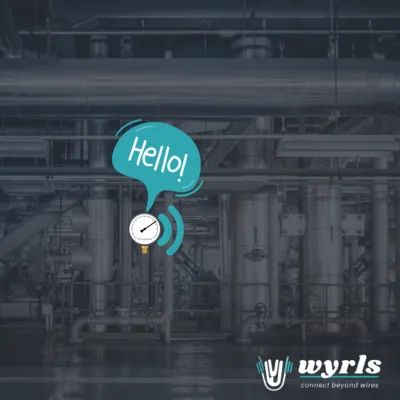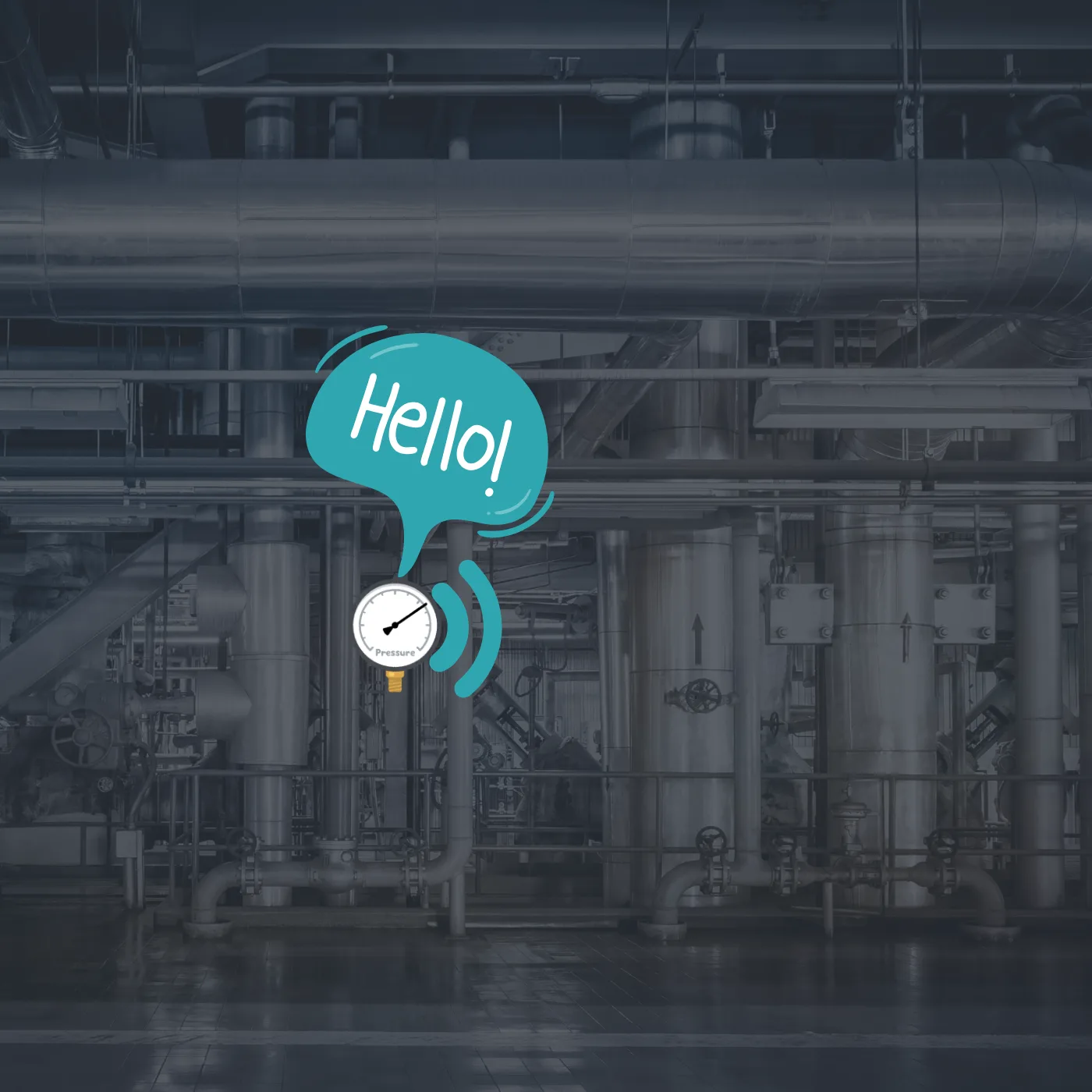 Many remember when IoT seemed an experimental field, with reports indicating that up to 76% of IoT projects were failing just seven or eight years ago. Today, however, those numbers look outdated and IoT has shown significant growth and maturity. Between 2021 and 2024, IoT applications initiated by companies increased by 53%, highlighting a substantial shift in how IoT technology is trusted to create value. Remarkably, 92% of implemented IoT projects now yield a positive ROI, and many have moved well beyond pilot phases to become critical components of digital transformation strategies.
Many remember when IoT seemed an experimental field, with reports indicating that up to 76% of IoT projects were failing just seven or eight years ago. Today, however, those numbers look outdated and IoT has shown significant growth and maturity. Between 2021 and 2024, IoT applications initiated by companies increased by 53%, highlighting a substantial shift in how IoT technology is trusted to create value. Remarkably, 92% of implemented IoT projects now yield a positive ROI, and many have moved well beyond pilot phases to become critical components of digital transformation strategies.
IoT -a cornerstone of digital transformation
According to recent research by IoT Analytics, organizations today rely less on pilot projects and proofs of concept (PoCs) as IoT has matured significantly, enabling them to skip trials and move directly to large-scale implementation. Major analysis firms, like Gartner, report that the reduction in technical complexity has accelerated IoT adoption as companies can implement solutions more readily. Gone are the days when businesses needed to coordinate a complex mix of technology providers to achieve a functional IoT solution; today’s IoT solutions offer both streamlined technology and simplified implementation.
Insurance IoT – an forseen growth?
Insurance has emerged as a high-growth industry for IoT adoption. In fact, Gartner ranks insurance as the top sector for IoT growth over the coming years. Insurers have long sought to leverage IoT technology to drive new business models and product offerings – from water leak sensors that can prevent property damage to vehicle tracking that adjusts insurance premiums based on driving behavior. A prime example is Italy, where insurers have for years used IoT to tailor premiums based on real-world driving data.
With IoT, insurers can provide customers with customized offerings, improving satisfaction while reducing the likelihood of claims. By integrating IoT solutions into risk models, insurance companies can both predict and prevent losses, which reduces costs and enhances profitability. As the field grows, IoT will play a transformative role in aligning insurance products with customer behaviors and asset protection needs.
Industrial IoT (IIoT) –revolutionizing efficiency
Industrial IoT is perhaps the clearest example of IoT’s potential to drive value. For those with long experience in the industrial sector (like me), IoT’s ability to improve efficiency, enhance product quality, and cut costs comes as a natural extension of the ongoing push for operational improvements in industrial automation.
Activant Capital estimates that IIoT could reduce manufacturing costs by up to 25%, which, on a global scale, would translate to savings equivalent to France’s GDP. Additionally, unplanned downtime, which can cost organizations anywhere from $50,000 to $2 million per hour, is a major target for IIoT’s predictive maintenance capabilities, reducing downtime by up to 25% and increasing production capacity by 10%. Moreover, IoT-enabled energy monitoring can reduce energy costs by 40%.
These are critical advantages for industries continuously striving to improve KPIs and production processes. According to Gartner, manufacturing is one of the leading sectors for IoT growth, with IIoT enabling companies to reach new cost-efficiency and quality goals. Connected sensors and machine learning make it possible to identify bottlenecks, minimize downtime, and optimize production chains in real-time. According to IoT Analytics’ “Top 10 IoT Use Cases,” industrial IoT is projected to deliver:
- 8.4% higher operational efficiency
- 4.6% improved quality
- 8.1% cost reduction
By reducing complexity and improving operational outcomes, IoT has emerged as a foundational technology that industries increasingly rely on for sustainable growth and competitive advantage.

